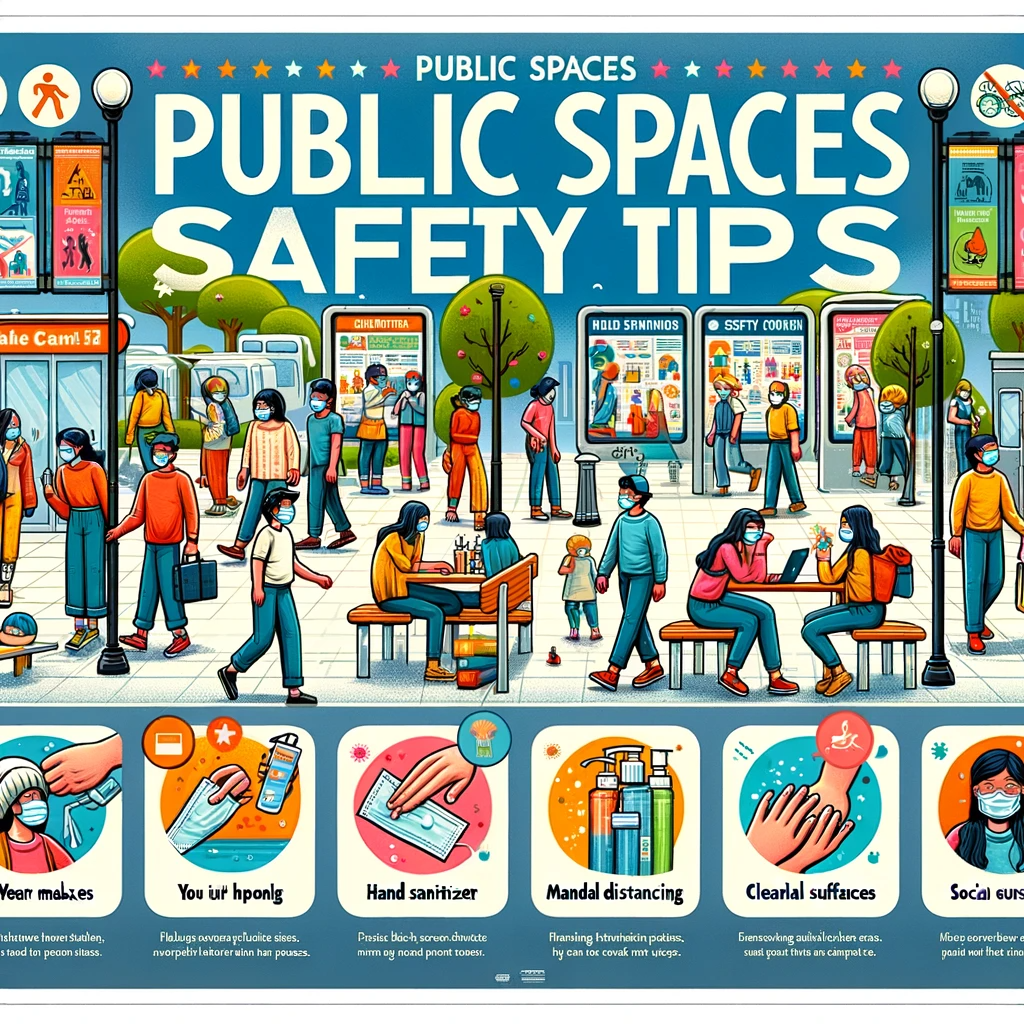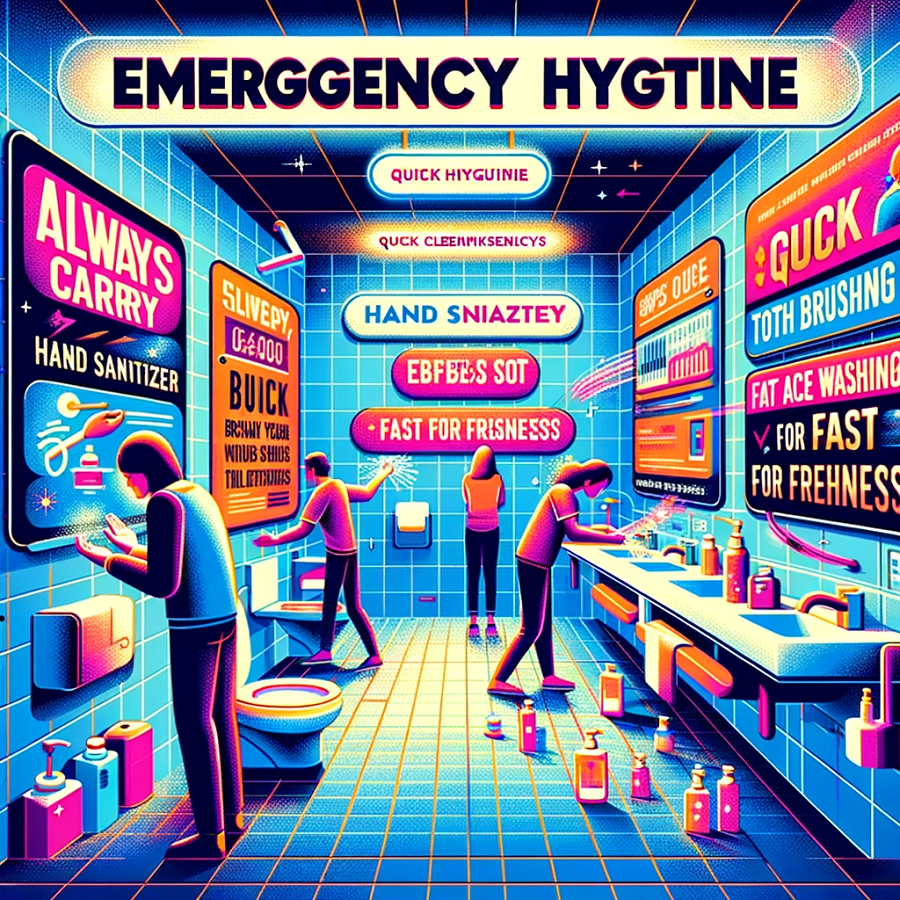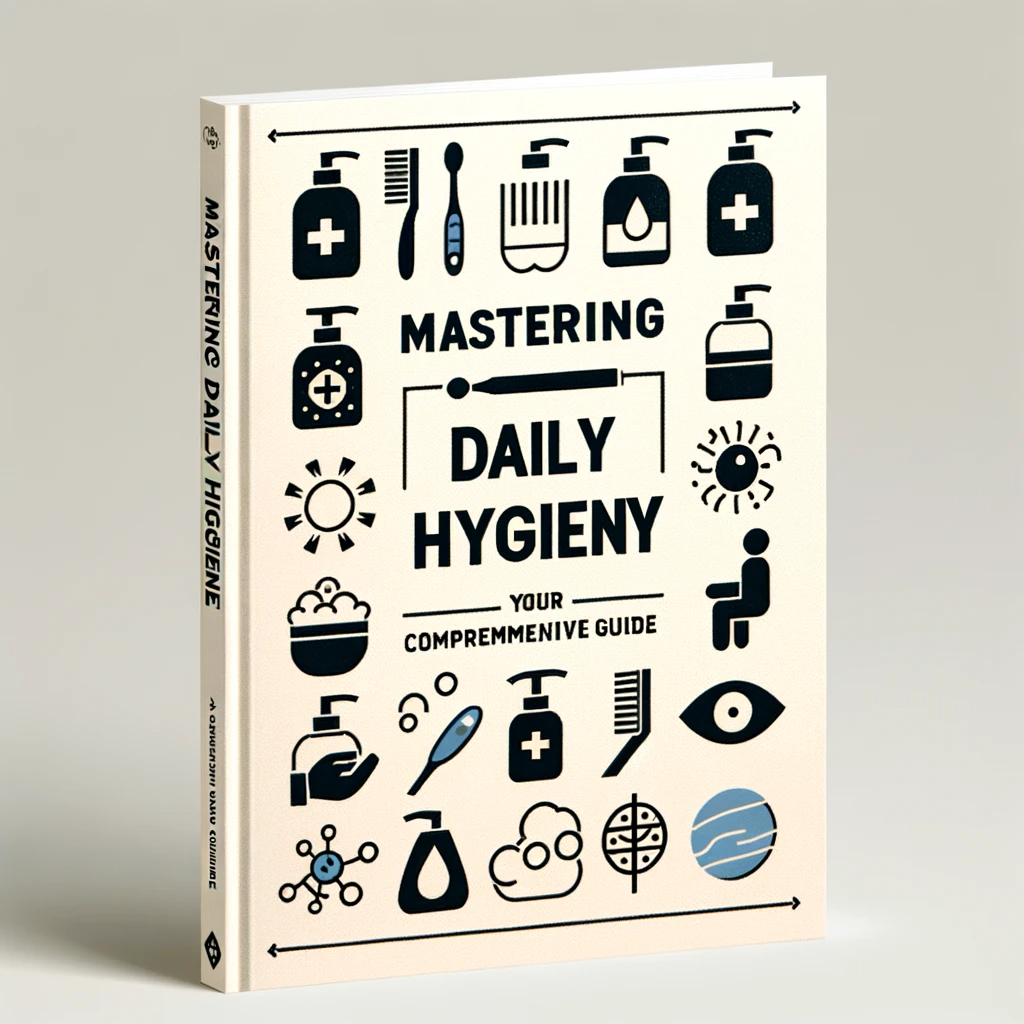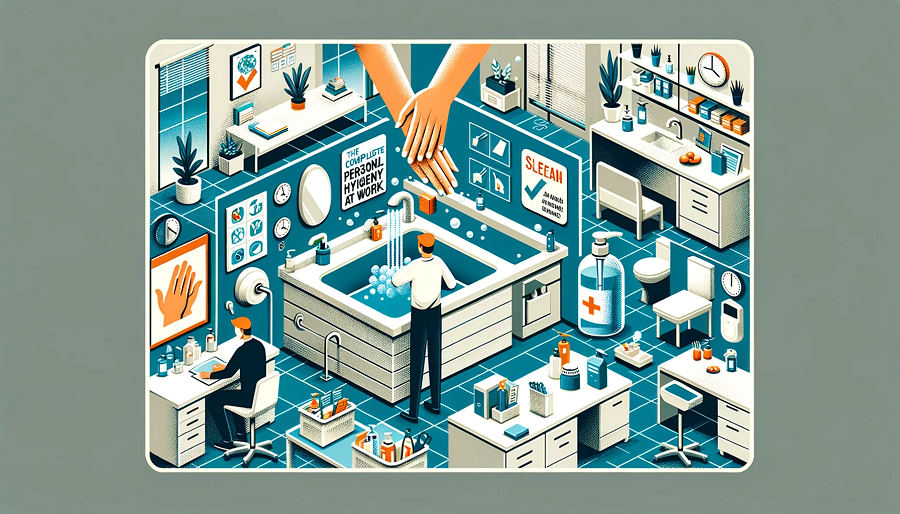Public spaces are the heart of our communities, serving as the backdrop for countless social interactions, leisurely pursuits, and moments of respite. From bustling city parks to busy transportation hubs and vibrant shopping malls, these shared environments are where people come together to connect and thrive. However, as our world grapples with ongoing concerns regarding the transmission of infectious diseases, the importance of public spaces hygiene has come to the forefront. This article explores the critical role of public spaces hygiene and provides insights into understanding its fundamental principles, effective cleaning and disinfecting methods, the significance of personal hygiene, proper ventilation techniques, strategies for high-traffic areas, methods for monitoring and continuous improvement, common pitfalls to avoid, and the myriad benefits of prioritizing cleanliness in these communal settings. Together, let’s delve into the realm of public spaces hygiene and discover how we can create environments that are not only clean but also safe and welcoming for all.
| Category | Hygiene Tips |
|---|---|
| Personal Hygiene | 1. Wash hands with soap and water for 20 seconds. |
| 2. Use hand sanitizer with at least 60% alcohol. | |
| 3. Avoid touching your face, especially eyes, nose, and mouth. | |
| 4. Cover coughs and sneezes with a tissue or elbow. | |
| Cleaning and Disinfection | 1. Use EPA-approved disinfectants. |
| 2. Follow manufacturer instructions for disinfectant use. | |
| 3. Focus on high-touch surfaces for regular cleaning. | |
| 4. Develop a routine cleaning schedule. | |
| Ventilation | 1. Maintain HVAC systems for proper airflow. |
| 2. Open windows and doors for natural ventilation. | |
| 3. Consider air purifiers with HEPA filters. | |
| High-Traffic Areas | 1. Provide hand sanitizing stations at entrances. |
| 2. Mark social distancing guidelines on the floor. | |
| 3. Increase cleaning frequency in busy areas. | |
| Monitoring and Improvement | 1. Conduct routine inspections and audits. |
| 2. Gather user feedback for insights. | |
| 3. Adapt cleaning schedules based on usage patterns. | |
| 4. Invest in advanced cleaning technologies. | |
| Common Mistakes to Avoid | 1. Avoid overusing disinfectants; follow guidelines. |
| 2. Promote personal hygiene practices among visitors. | |
| 3. Don’t focus solely on visible cleanliness. | |
| 4. Ensure proper training for cleaning staff. | |
| Benefits of Hygiene | 1. Reduced disease transmission. |
| 2. Enhanced community safety and trust. | |
| 3. Improved public health. | |
| 4. Increased user satisfaction and patronage. |
The Importance of Public Spaces Hygiene
Public spaces, such as parks, transportation hubs, malls, and recreational areas, are the lifeblood of our communities. They are where we come together to socialize, unwind, and enjoy the outdoors. However, with the ongoing concerns about the spread of infectious diseases, the importance of public spaces hygiene has never been more evident. In this article, we will delve into the significance of maintaining cleanliness in these shared areas and explore strategies to ensure everyone’s safety and well-being.
Understanding the Basics of Public Spaces Hygiene
To comprehend the essentials of public spaces hygiene, we need to grasp the fundamental principles that underlie it. At its core, public spaces hygiene involves practices aimed at keeping these communal areas clean and minimizing the risk of contamination. By implementing these practices, we can reduce the transmission of diseases and create a safer environment for all.
Effective Cleaning and Disinfecting Methods
Maintaining proper public spaces hygiene begins with effective cleaning and disinfection methods. Regular cleaning and disinfection of surfaces play a pivotal role in preventing the spread of harmful bacteria and viruses. Here are some key strategies to consider:
- Use EPA-approved Disinfectants: Not all disinfectants are created equal. It’s essential to use disinfectants that are approved by the Environmental Protection Agency (EPA) for their efficacy against specific pathogens.
- Follow Manufacturer Instructions: Pay close attention to the manufacturer’s instructions when using disinfectants. Using the right concentration and applying them correctly is crucial for their effectiveness.
- Focus on High-Touch Surfaces: High-touch surfaces like doorknobs, handrails, elevator buttons, and restroom fixtures are hotspots for germs. Prioritize these areas in your cleaning routine.
- Establish a Cleaning Schedule: Consistency is key. Develop a routine cleaning schedule that ensures all areas receive the attention they need to stay clean and safe.
The Role of Personal Hygiene in Public Spaces
While proper cleaning and disinfection are vital components of public spaces hygiene, personal hygiene practices also play a significant role in preventing the spread of illnesses. Individuals can contribute to a safer environment in public spaces by following these guidelines:
- Frequent Handwashing: Wash your hands thoroughly with soap and water for at least 20 seconds. This simple act can help remove germs from your hands.
- Hand Sanitizers: When soap and water are not readily available, use hand sanitizers containing at least 60% alcohol. Apply enough sanitizer to cover all hand surfaces, and rub them together until they are dry.
- Avoid Touching Your Face: Refrain from touching your eyes, nose, and mouth with unwashed hands. These are entry points for germs into your body.
- Cover Coughs and Sneezes: When coughing or sneezing, use a tissue or the inside of your elbow to cover your mouth and nose. Dispose of used tissues properly.
Maintaining Proper Ventilation
Proper ventilation is a critical aspect of public spaces hygiene that is often overlooked. Adequate airflow can help disperse airborne particles and reduce the risk of disease transmission. Here’s how to ensure proper ventilation in public areas:
- HVAC System Maintenance: Ensure that heating, ventilation, and air conditioning (HVAC) systems are well-maintained. Regular inspections and filter changes are essential to keep the air clean.
- Natural Ventilation: Whenever possible, open windows and doors to increase natural ventilation. This helps in fresh air circulation and diluting indoor air contaminants.
- Air Purification: Consider using air purifiers equipped with High Efficiency Particulate Air (HEPA) filters, especially in enclosed spaces with limited natural ventilation. These filters can capture particles, including viruses and bacteria, from the air.
By maintaining proper ventilation, public spaces can reduce the concentration of potentially harmful airborne particles, creating a safer environment for everyone.
Hygienic Practices for High-Traffic Areas
High-traffic areas are often the focal points of public spaces, making them susceptible to increased contamination. Implementing hygienic practices in these areas is crucial:
- Hand Sanitizing Stations: Place hand sanitizing stations at entrances and exits to encourage visitors to clean their hands upon arrival and departure.
- Social Distancing Measures: Mark safe distancing guidelines on the floor to help people maintain a safe distance from one another, reducing the risk of close contact.
- Regular Cleaning: High-traffic areas like public restrooms, food courts, and transportation hubs should undergo more frequent cleaning and disinfection to keep them germ-free.
Addressing the specific needs of high-traffic areas is essential for effective public spaces hygiene.
Monitoring and Improvement of Public Spaces Hygiene
Ensuring public spaces remain hygienic requires continuous monitoring and improvement efforts:
- Routine Inspections: Conduct regular inspections and audits to identify areas that need attention. This proactive approach can help address hygiene issues before they become significant concerns.
- User Feedback: Listen to feedback from visitors and patrons. Their observations can provide valuable insights into areas that may need improvement.
- Adaptive Cleaning Schedules: Be flexible with cleaning schedules. Adjust them based on usage patterns and seasonal variations to maintain cleanliness effectively.
- Advanced Cleaning Technologies: Consider investing in advanced cleaning technologies, such as UV-C disinfection devices or robotic cleaners, to enhance the efficiency and effectiveness of cleaning efforts.
Common Mistakes to Avoid
While striving to maintain public spaces hygiene, it’s essential to avoid common mistakes that can undermine your efforts:
- Overuse of Disinfectants: Using excessive amounts of disinfectants can lead to resistance and harm the environment. Follow recommended guidelines and avoid overuse.
- Neglecting Personal Hygiene: Encourage visitors to practice good personal hygiene, as this is a vital part of public spaces hygiene. Neglecting personal hygiene can contribute to contamination.
- Focusing Solely on Surface Cleaning: Don’t concentrate only on visible cleanliness. Pay attention to air quality, ventilation, and other factors that can affect public spaces hygiene.
- Inadequate Training: Ensure that cleaning staff receives proper training in the use of cleaning agents and equipment. Inadequate training can result in ineffective cleaning practices.
Benefits of Maintaining Public Spaces Hygiene
The advantages of prioritizing public spaces hygiene are numerous:
- Reduced Disease Transmission: Proper hygiene measures can significantly reduce the transmission of diseases, creating a safer environment for everyone.
- Enhanced Community Safety: Maintaining cleanliness fosters trust and safety, encouraging more people to utilize public spaces.
- Improved Public Health: A cleaner environment promotes overall public health by reducing the risk of illnesses and infections.
- Increased User Satisfaction: Clean and well-maintained public spaces enhance the experience for visitors, leading to greater satisfaction and return visits.
Final Thoughts:
In a world where community health and safety are paramount, public spaces hygiene stands as a crucial pillar of our collective well-being. From understanding the basics to implementing effective cleaning methods, from promoting personal hygiene to ensuring proper ventilation, and from monitoring for continuous improvement to avoiding common mistakes, our journey through this comprehensive guide has shed light on the path to cleaner, safer, and more welcoming public spaces.
By prioritizing hygiene in shared environments, we contribute to the prevention of disease transmission, foster trust and community safety, and elevate public health standards. Clean, well-maintained spaces enhance the experiences of all who visit, ultimately leading to greater satisfaction and a brighter future for our communities.
As we embrace these practices and their benefits, we take a step closer to a world where public spaces become not only a symbol of togetherness but also a sanctuary of health and well-being. Let us continue to work together to ensure that our public spaces remain places where people can come together, connect, and thrive in a clean and safe environment.
Frequently Asked Questions (FAQs)
Q1: What is public spaces hygiene, and why is it important?
A1: Public spaces hygiene refers to the practices and measures taken to ensure that communal areas, such as parks, malls, and transportation hubs, remain clean and safe for public use. It is essential to prevent the spread of diseases and maintain the well-being of individuals who visit or use these spaces.
Q2: How can I contribute to public spaces hygiene as an individual?
A2: You can contribute by practicing good personal hygiene, such as regular handwashing, using hand sanitizers, and following cough and sneeze etiquette. Additionally, dispose of trash properly, follow posted guidelines, and provide feedback to authorities if you notice cleanliness issues.
Q3: What are some effective cleaning and disinfecting methods for public spaces?
A3: Effective cleaning and disinfecting methods include using EPA-approved disinfectants, following manufacturer instructions, focusing on high-touch surfaces, and establishing a routine cleaning schedule. Regular cleaning and disinfection help prevent the spread of germs.
Q4: Why is proper ventilation important in public spaces?
A4: Proper ventilation helps disperse airborne particles, reducing the concentration of contaminants and the risk of disease transmission. It promotes fresher air and better indoor air quality, making public spaces safer for occupants.
Q5: How can public spaces with high foot traffic maintain hygiene?
A5: High-traffic areas should have hand sanitizing stations, social distancing markers, and more frequent cleaning and disinfection. These measures help reduce the risk of contamination and ensure the safety of visitors.
Q6: How can public spaces monitor and improve hygiene continuously?
A6: Public spaces can monitor hygiene through routine inspections, gathering user feedback, adapting cleaning schedules, and investing in advanced cleaning technologies. Continuous improvement ensures that hygiene standards remain high.
Q7: What are common mistakes to avoid in public spaces hygiene efforts?
A7: Common mistakes include overusing disinfectants, neglecting personal hygiene practices, focusing solely on surface cleaning, and inadequately training cleaning staff. These errors can undermine hygiene efforts.
Q8: What are the benefits of maintaining public spaces hygiene?
A8: Benefits include reduced disease transmission, enhanced community safety, improved public health, increased user satisfaction, and a cleaner, safer environment for everyone who uses these shared spaces.
Q9: Can public spaces hygiene contribute to sustainability efforts?
A9: Yes, sustainable practices, such as using eco-friendly cleaning products and reducing water and energy consumption, can be integrated into public spaces hygiene efforts, promoting environmental responsibility.
Q10: How can I report cleanliness issues in public spaces?
A10: Most public spaces have dedicated authorities or customer service channels where you can report cleanliness issues. You can also contact local government agencies or use mobile apps designed for reporting such concerns.







